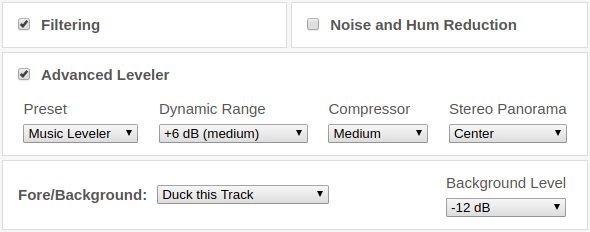Cutting audio can be a rather tedious task. It requires a decent amount of time and is quite repetitive. Often silence segments, like speech breaks or breathing pauses, make cutting audio necessary in the first place.
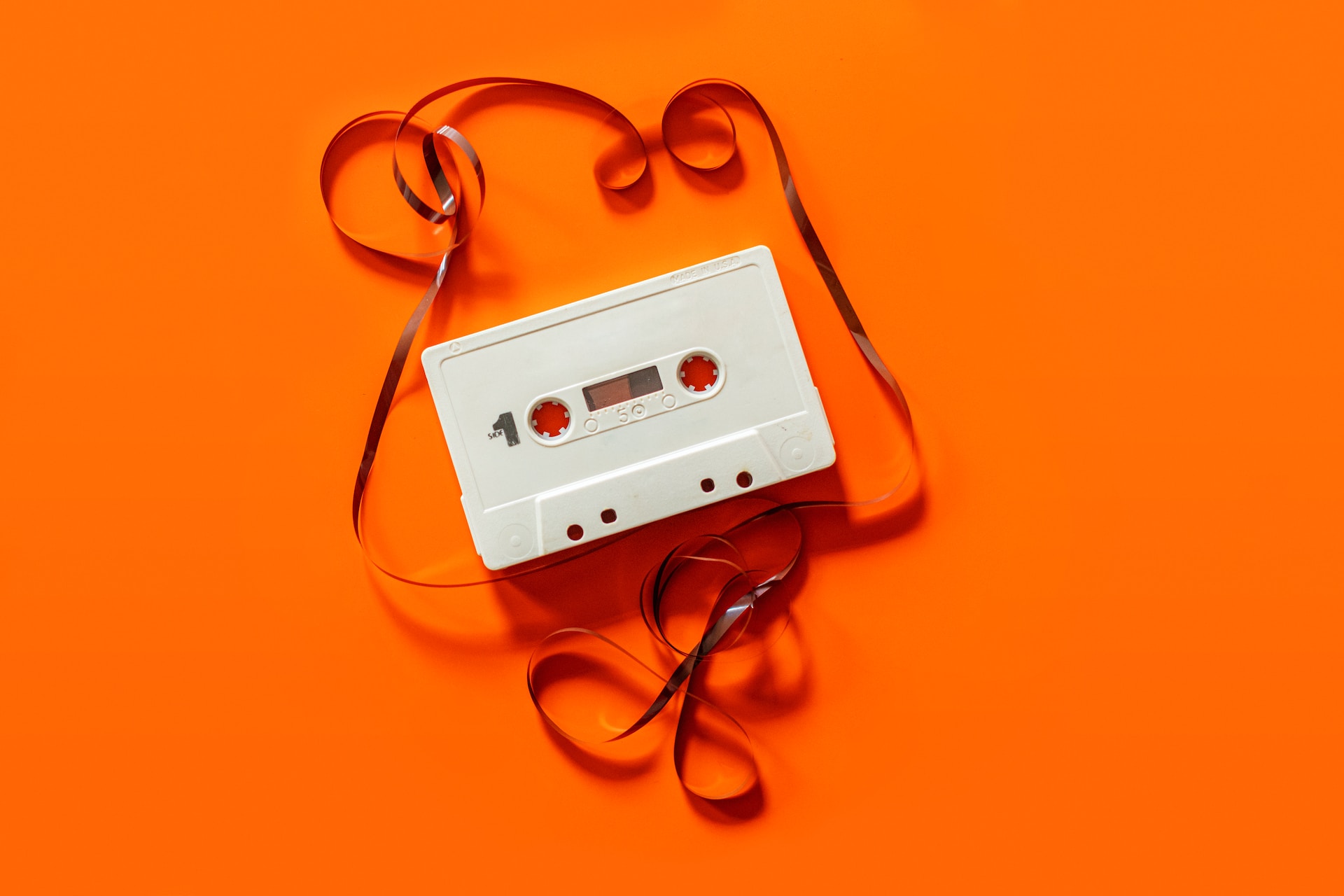 Photo by Daniel Schludi on Unsplash
Photo by Daniel Schludi on Unsplash
We introduce our new automatic silence cutting feature! It will make your life easier by saving you the time you would normally require to ...

 Glitch While Streaming by
Glitch While Streaming by
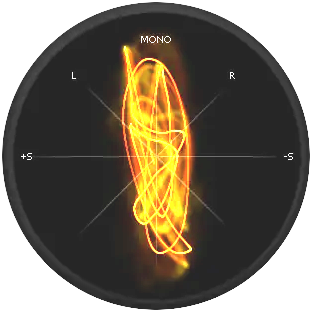 Phase correlation screenshot of
Phase correlation screenshot of 

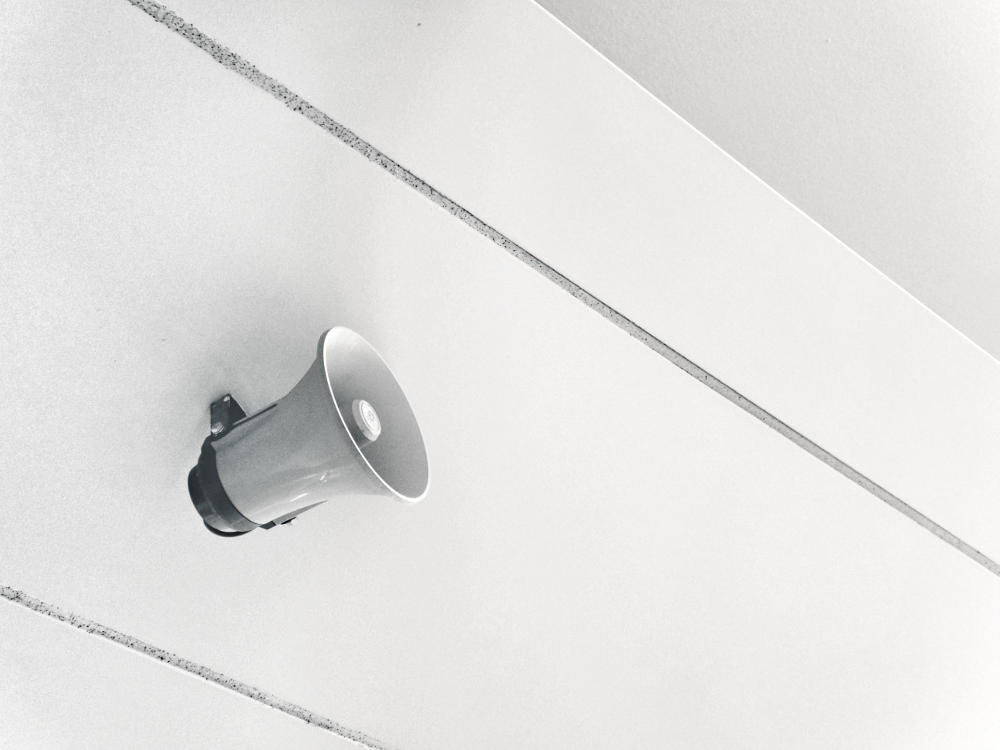
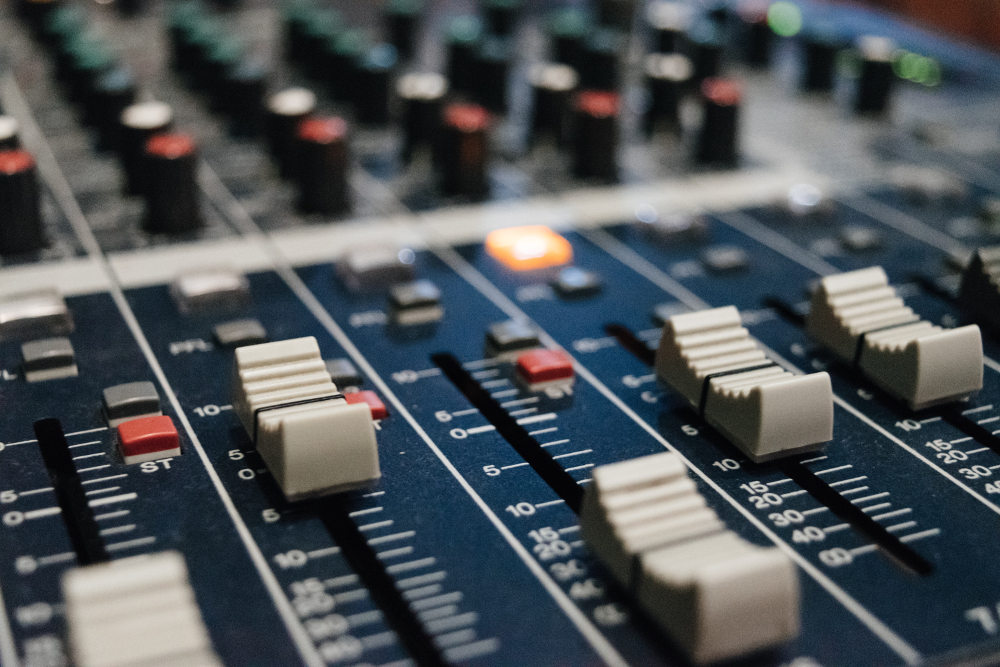 Photo by
Photo by  Resist the loudness target war!
(Photo by
Resist the loudness target war!
(Photo by 